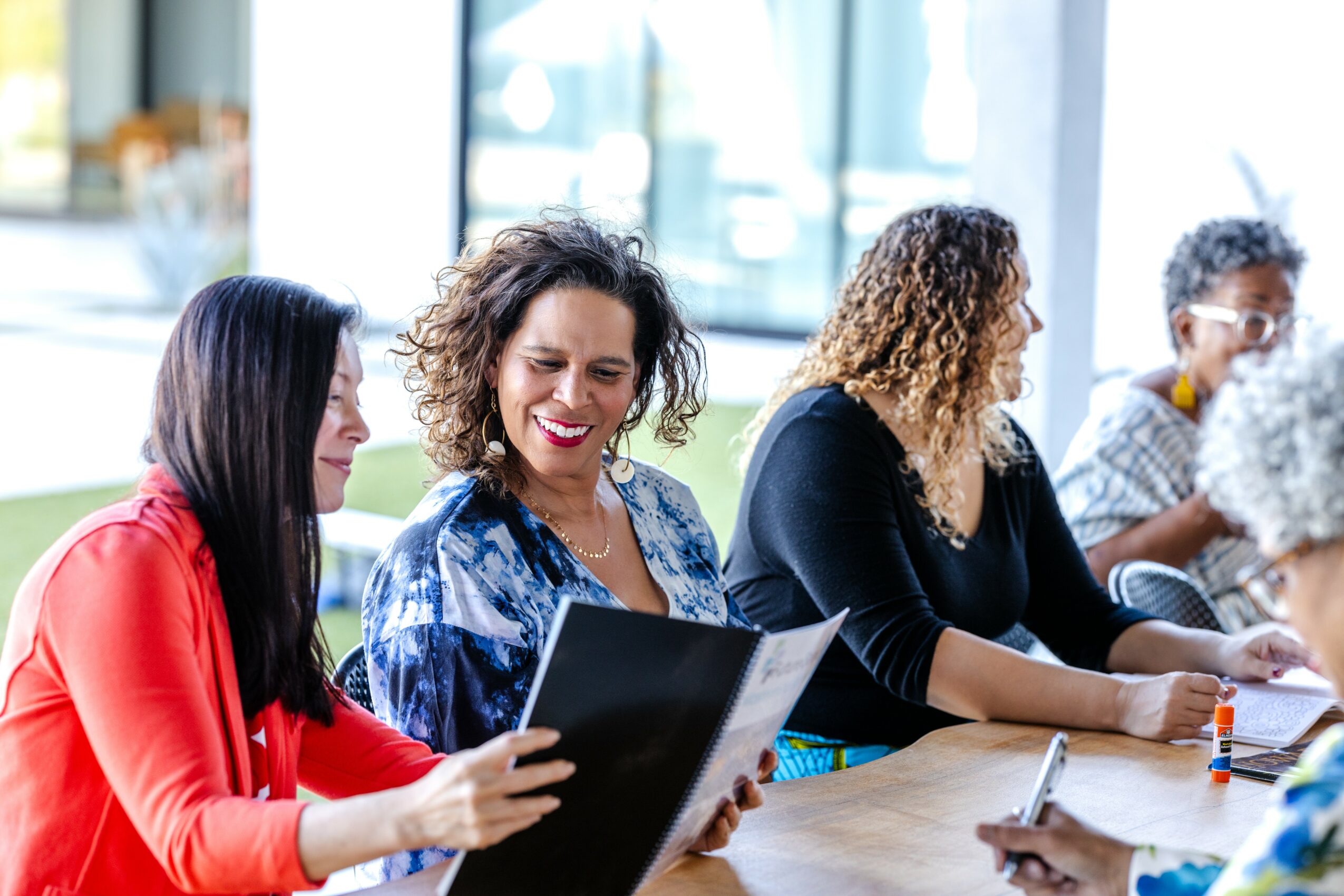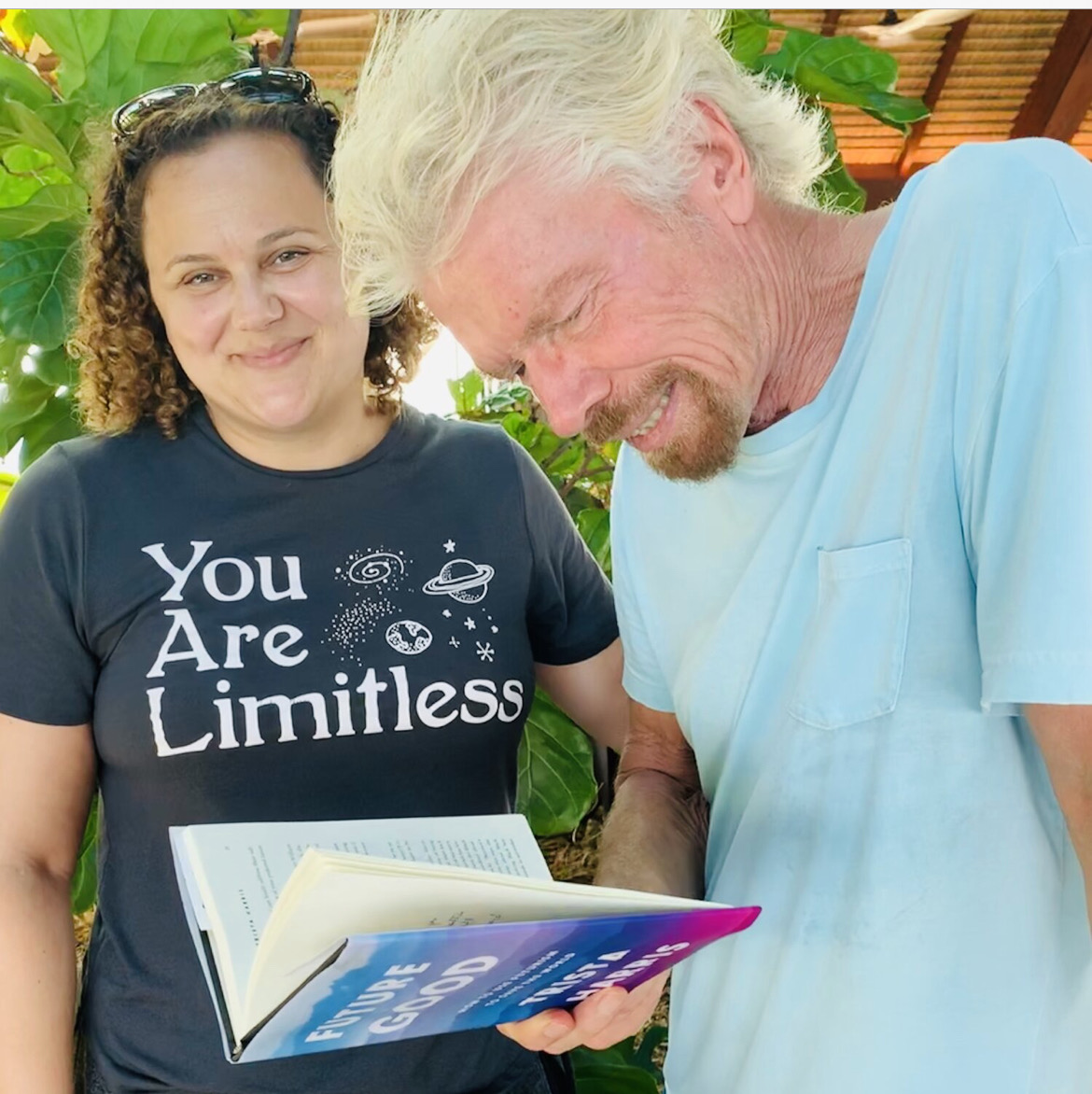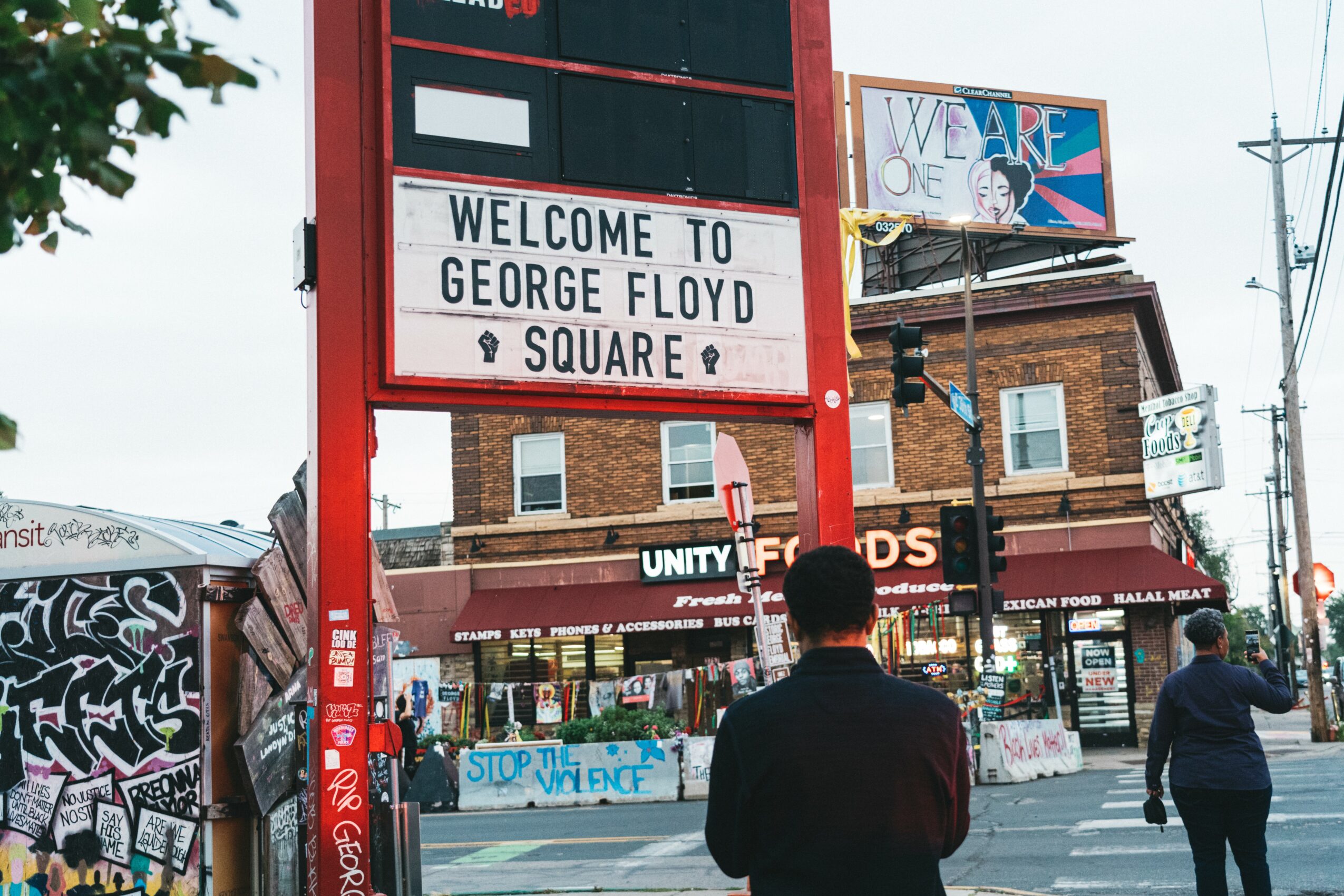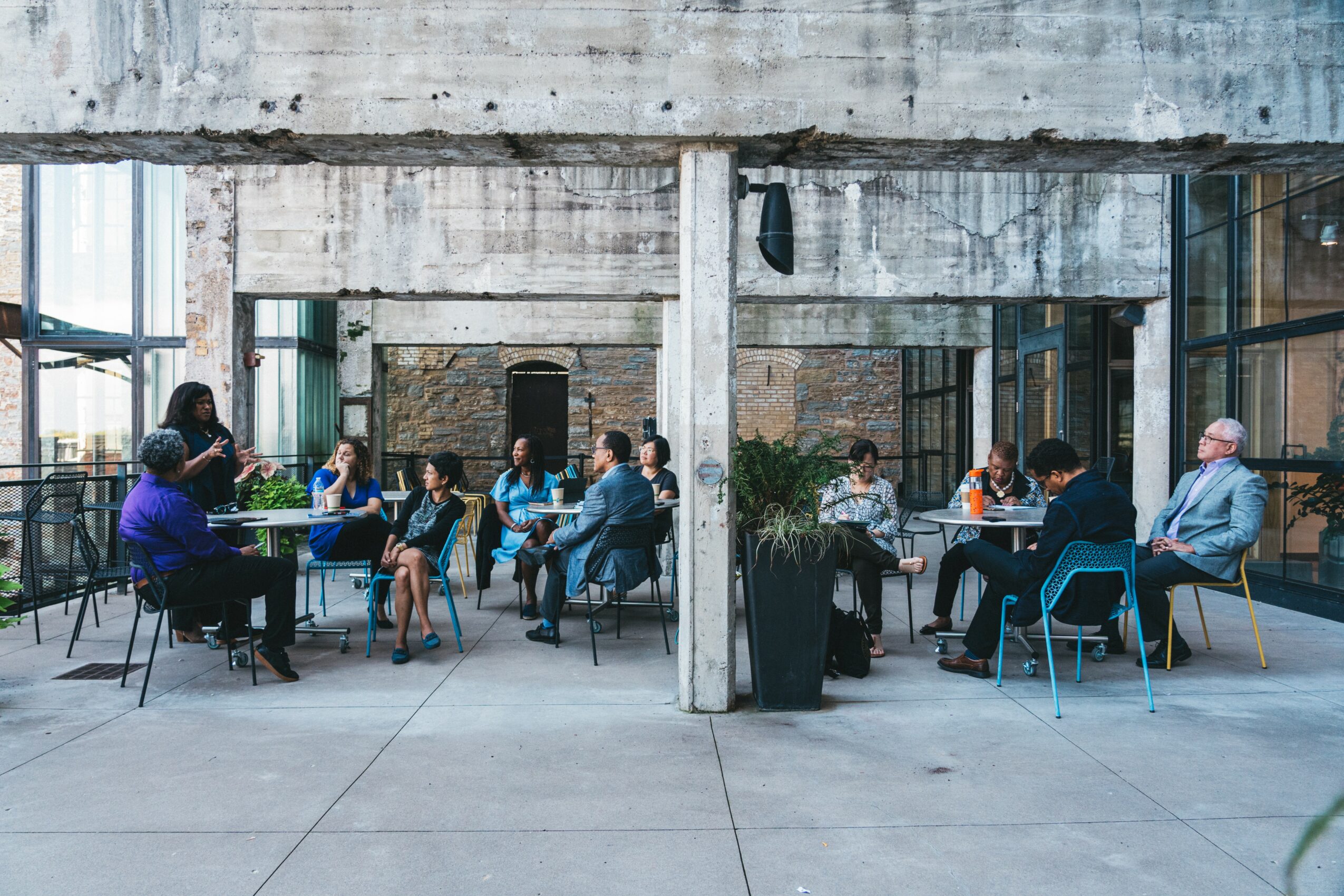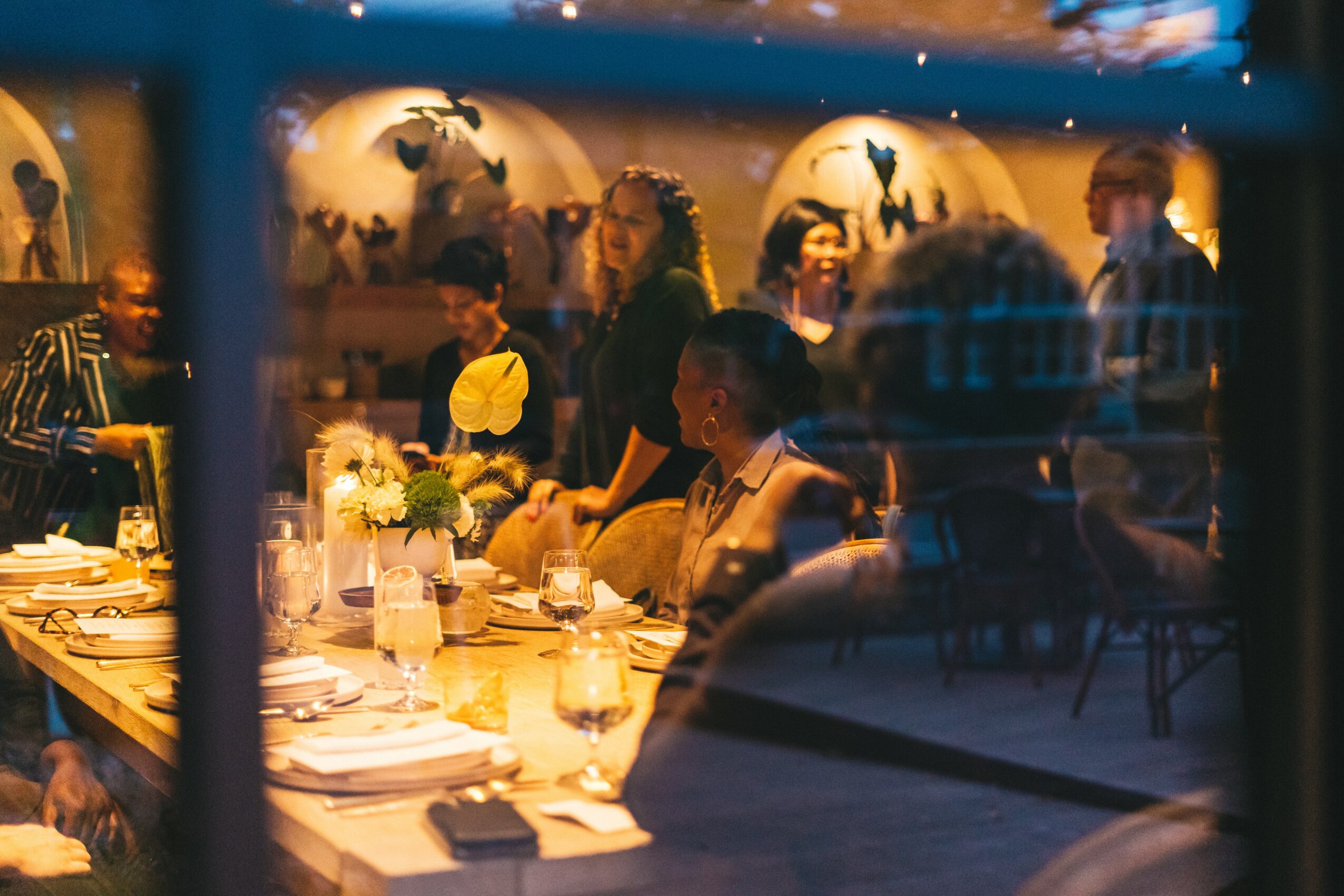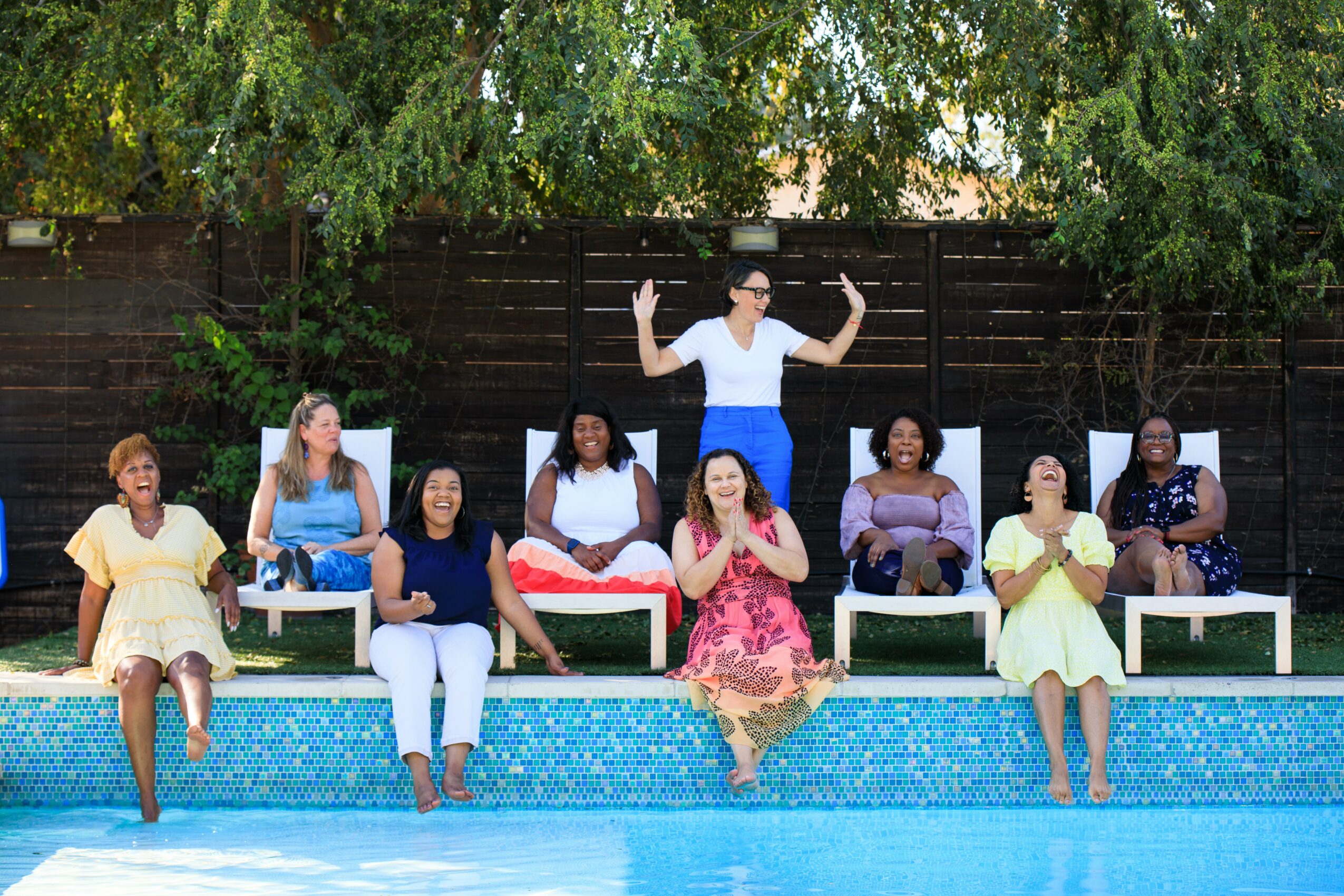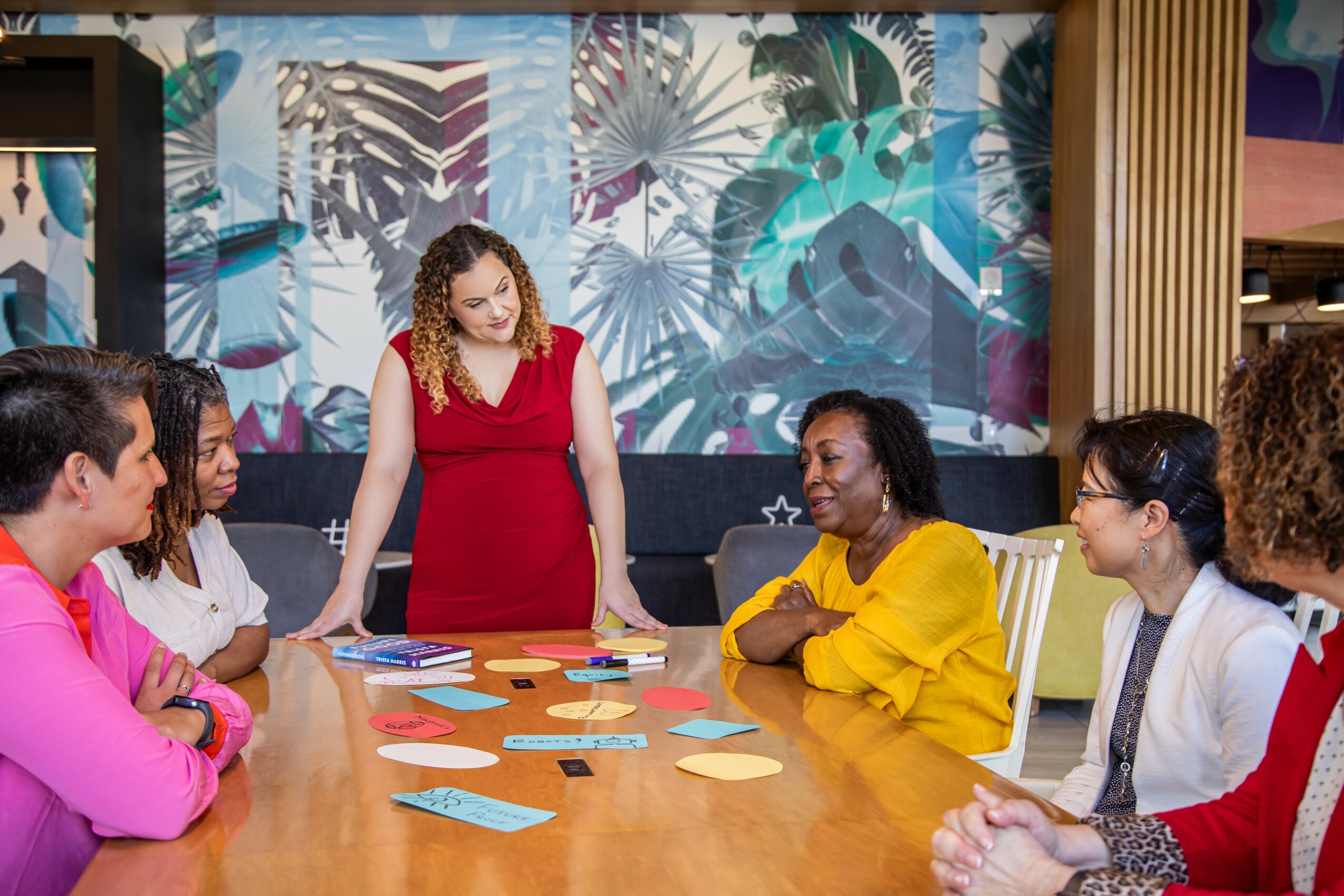

Trista Harris shared their story and experiences with us recently and you can find our conversation below.
Good morning Trista, it’s such a great way to kick off the day – I think our readers will love hearing your stories, experiences and about how you think about life and work. Let’s jump right in? What do the first 90 minutes of your day look like?
In the first 90 minutes of my day, I focus on setting myself up for clarity and creativity. I start with meditation to ground myself and set a vision for what success will look like that day. Then I move into exercise, either at the gym or on a long walk, where I bring a single question with me to reflect on. I find that when my mind has space and quiet, it often makes new connections, so this practice helps me begin the day both physically energized and mentally focused.
Can you briefly introduce yourself and share what makes you or your brand unique?
I’m a philanthropic futurist and the founder of FutureGood, a consulting firm dedicated to helping visionary leaders build a more beautiful and equitable future. We work primarily with nonprofit organizations and the philanthropic institutions that support them, guiding them to look 30 to 50 years ahead and craft strategies that match the scale of the challenges and opportunities they face. What makes FutureGood unique is our focus on using futurism tools to help leaders not just react to change, but harness volatility to accelerate progress toward their long-term vision. Right now, we’re especially focused on expanding FutureProof, our asynchronous learning program that equips organizations to integrate futurism tools into their strategic planning, giving them the ability to do this work internally and stay aligned with their boldest goals no matter what the future brings.
Thanks for sharing that. Would love to go back in time and hear about how your past might have impacted who you are today. What’s a moment that really shaped how you see the world?
When I was a small child, I spent countless hours at Pillsbury House, a community center in South Minneapolis where my mom volunteered as a costume designer for the community theater. While she worked, I roamed the building, watching the daycare, arts programs, and even noticing posters that said things like, “You don’t get AIDS from kissing.” Those experiences deeply shaped my worldview. I saw firsthand how nonprofits strengthen local communities, how meeting people’s basic needs allows them to thrive, and how spaces that combine care, creativity, and education create neighbors who can engage in community life in powerful and positive ways.
When you were sad or scared as a child, what helped?
Mr. Rogers once said, “When I was a boy and I would see scary things in the news, my mother would say to me, ‘Look for the helpers. You will always find people who are helping.’” That idea really resonated with me as a child, because when I felt sad or scared, I always saw helpers around me too. Whether it was neighbors, family members, teachers, or other kids, there were always people who showed up with kindness in difficult moments. Their presence gave me comfort and also lit a spark in me to grow into someone who could be a helper myself, working to make the world a better place.
Next, maybe we can discuss some of your foundational philosophies and views? What are the biggest lies your industry tells itself?
One of the biggest lies in my industry is the idea that the future is too complicated for people to understand on their own, and that you need to hire an expensive futurist to tell you what’s coming next. I think that’s absolute nonsense. In reality, people working in nonprofits and foundations are often best positioned to see the future of the issues and communities they care most about. The truth is that those closest to the problems are also closest to the solutions, and they already hold powerful insights into what’s ahead. Futurism isn’t about secret knowledge, it’s an easy-to-use set of tools that, when applied consistently, helps anyone both predict and shape the future.
Okay, we’ve made it essentially to the end. One last question before you go. What do you think people will most misunderstand about your legacy?
Because I am a public speaker and very visible in my work, I think some people may assume that visibility is the purpose of what I do. But my legacy is not about people knowing my name or my ideas, it is about helping others strengthen their own ability to see and shape the future. What excites me most is supporting people in developing the skill sets to imagine what is coming next and then making their visions visible. My true legacy is in democratizing the imagination of the future, so it is not just a few voices that are heard, but the visions of entire communities.
Contact Info:
- Website: https://www.wearefuturegood.com
- Instagram: @weare_futuregood
- Linkedin: https://www.linkedin.com/in/tristaharris/
